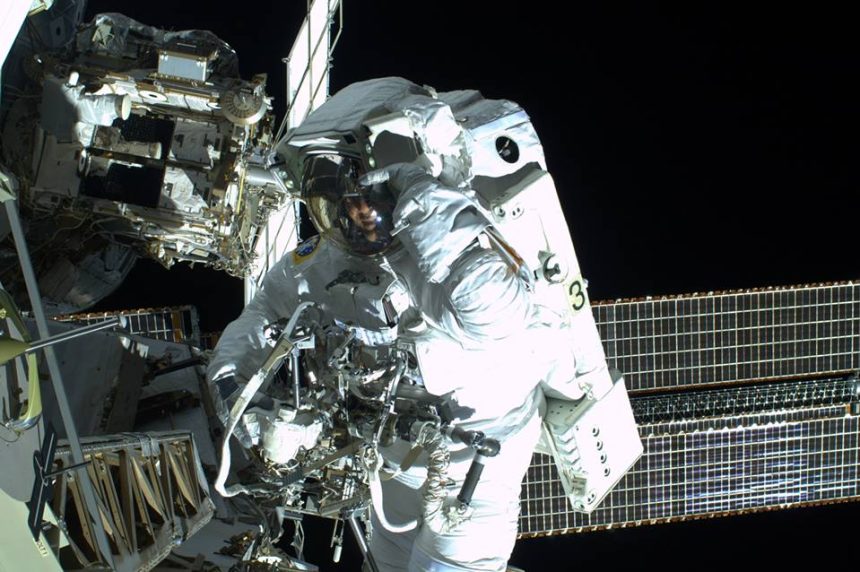The second spacewalk by International Space Station astronauts Chris Cassidy, a former Navy Seal, and Luca Parmitano, an Italian Air Force test pilot, was aborted after 1 hour and 32 minutes on Jul. 16 after fluid began filling Parmitano’s helmet.
The two astronauts were conducting a 6-hour routine maintenance work on the ISS, an activity streamed live on Internet to thousand viewers all around the world, when the Italian astronaut reported that fluid was building up in his helmet.
Initially, he believed it was sweat then Cassidy reported that the water was leaking from his colleague’s drink bag.
When Parmitano informed that he had water in his eyes, NASA called off the mission and order the two astronaut to return to the ship.
By the time they were back inside the ISS, Parmitano had water in his nose and mouth and could berely speak. Hopefully, he recovered quite fast.
Emergencies can happen and spacewalk have already been cut short for problems in the past.
An interesting National Geographic story lists the four bigger risks involved in the activity:
-
Suit leaks Micro-meteors or tiny shards of metal – even those the size of a grain of sand – could cause a puncture and create a catastrophic leak in the spacesuit. Spacewalkers conduct regular examinations of their gloves and suit for leaks while on spacewalks.
-
Decompression sickness or ‘the bends’ If an astronaut puts on his/her spacesuit too quickly and then heads outside the station, there’s reason for alarm. Because of the rapid change in air pressure, nitrogen gas bubbles would expand in their blood vessels, causing severe pain, cramping and even paralysis or death. To prevent decompression sickness astronauts undergo a denitrogenation process prior to all spacewalks because the ambient pressure in their spacesuits is much lower than inside the space station.
-
Exhaustion-loss of consciousness Despite having its own heating/cooling system, spacesuits can get really hot, especially when astronauts are conducting physically demanding walks that go on for many hours. Ground controllers therefore monitor astronaut vital signs making sure they breathing regularly and don’t overheat and pass out.
-
Accidental detachment from spaceship Astronauts go through countless hours of training for spacewalks to familiarize themselves with the exact route they will take once leaving the airlock. Spacesuits are directly tethered to the ISS. However if a spacesuit would detach somehow, there’s a way back in: NASA spacesuits all have mini-jet packs allowing the spacewalker to float back to the station.
Image via @Astro_Luca













